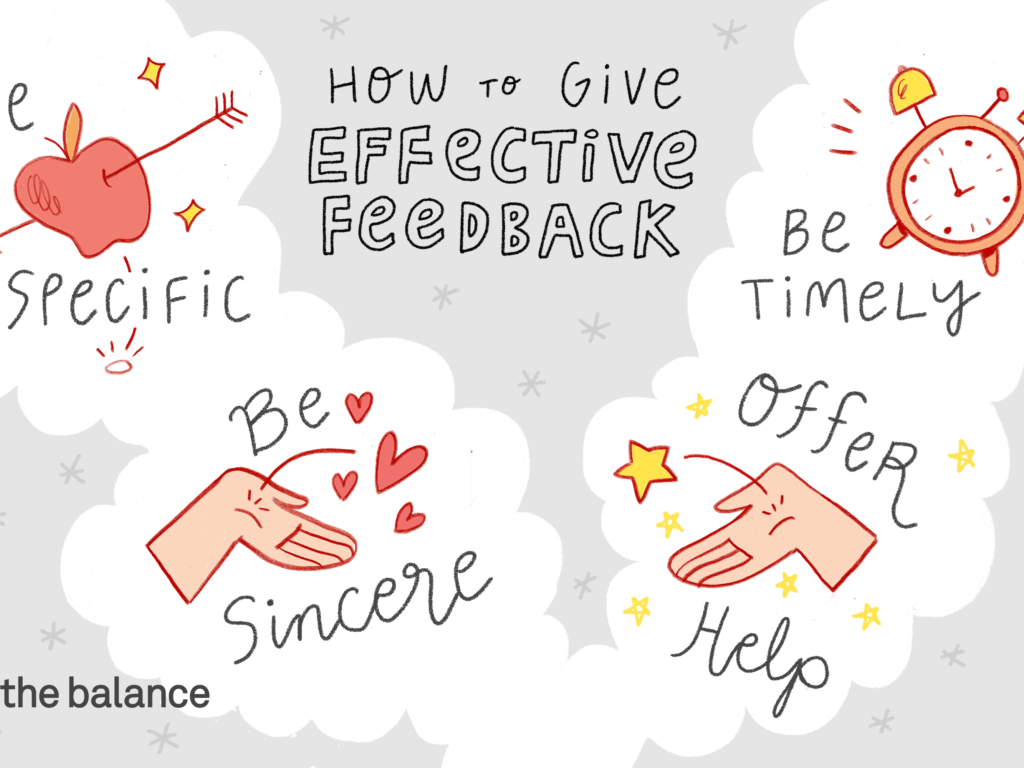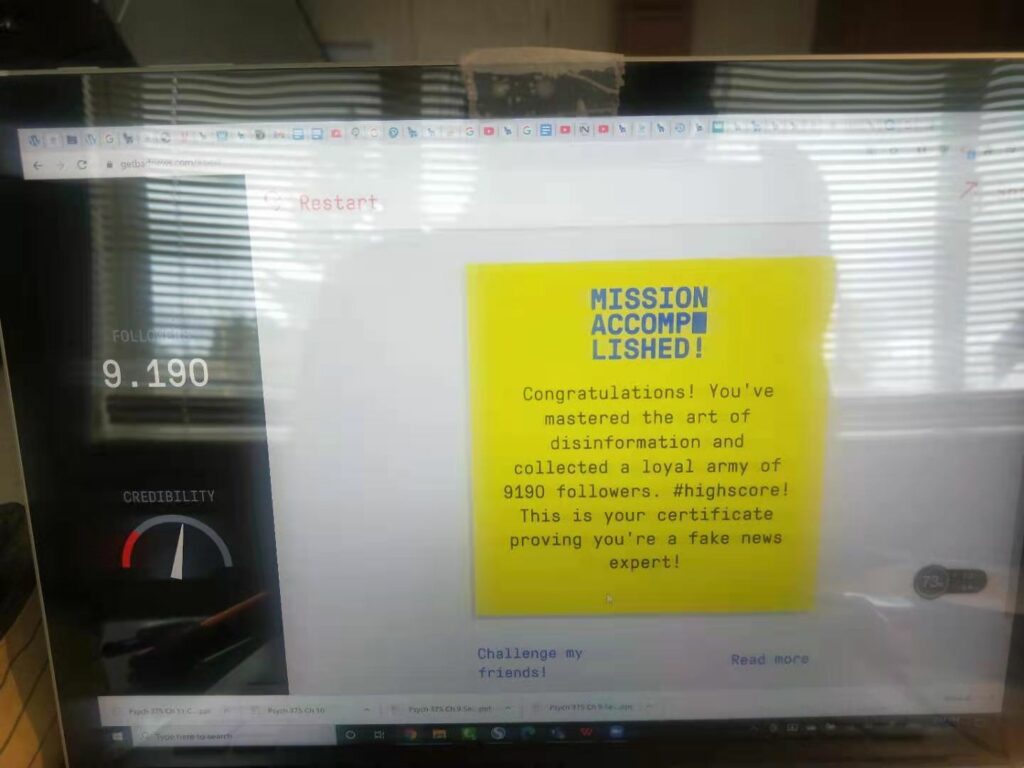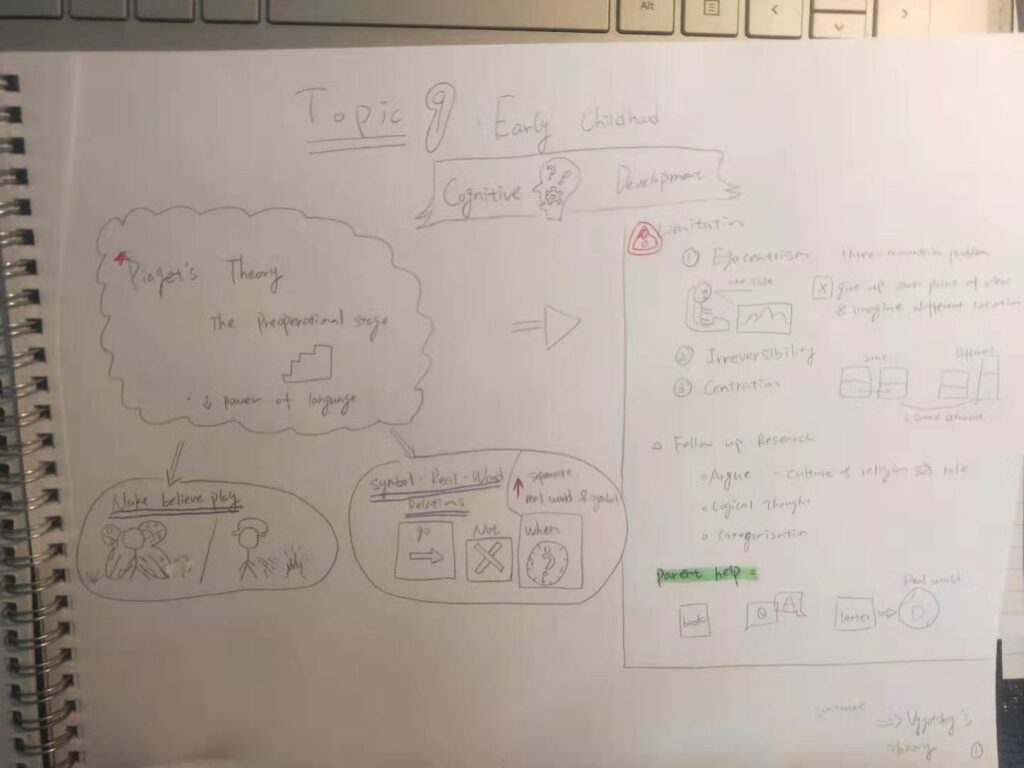
Sandra Wang:
Hey, dear teammate Sandra Wang. Thank you for sharing a lovely thought on your game and sketch note. I love how you explain the game by using Segmenting principle, and I find that it’s really interesting too. This form is similar to the Twine story so you can choose which way you want to go and the different results will come up based on your choice. Furthermore, I agree with the Learner control principle that u mentioned, I find it was hard to keep on track because they do not allow us to go back on reread some of the points. For the sketch note, I like how you use simple words and clear drawings to explain the important ideas. I would like to use this simple form for my future study. Thank you!
Simin Yi:
Hey, dear pod partner, thank you for sharing the thought on the interesting ted talk. I love how she is using black and white on the background and colorful pictures on the main point. That actually a very good way for signaling principle and make people less distract from the background. I would also want to point out that she uses the learner control principle to let the audience have full control over the speed. It is a beneficial way for learners who have a disability to focus on words or who prefer words only. People can choose what they want by using video form with colorful pictures. Furthermore, I agree that you said the Animation principle can be distracting but in her video, the animation is very smooth and help people to understand.
Weiwei Chen:
Hey, dear pod partner, thank you for sharing your blog. I love how you said the twine story is an engaging way for people to learn and increase their attention. Once I wrote my own story, it was really helpful to look at the whole story first then break it apart. It will give the audience a sense of taste at the beginning. As the story goes along, they can choose whatever they feel or would like to see once they are in the story. It is a great tool for story learning because as you said the audience will not see the end directly without reading the story first. Sometimes, predict the ending can be boring. I would like to see your twine story which I did not find in your blog. Thank you!



Recent Comments